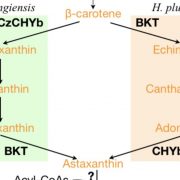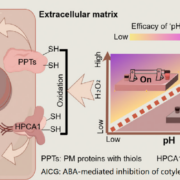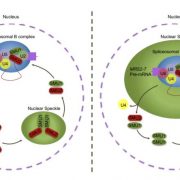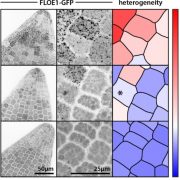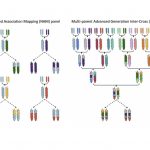Cold, but not freezing: the ICE-L genome ($) (Current Biology)
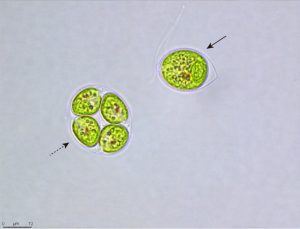
When sea water freezes, it forms not a solid mass of ice, but rather a frozen matrix criss-crossed by tiny brine-filled channels. It is within these brine channels in the Antarctic sea ice that the psychrophilic (cold-loving) green alga ICE-L lives. How is it able to thrive in such a seemingly hostile environment of extreme cold, high salinity and large swings in light intensity and quality? The new genome assembly published by Zhang et al. offers some insights. The authors compared the ICE-L genome to other algae within the Chlamydomonadales, including both psychrophilic and mesophilic species, and found an expansion of several gene families that may play a role in adaptation to a cold and saline environment. The expanded families include, among others, fatty acid desaturases that help maintain membrane fluidity at freezing temperatures, and enzymes that help regulate ion homeostasis. They also discovered ice-binding proteins (secreted proteins that prevent freezing damage) of bacterial origin, demonstrating the importance of horizontal gene transfer in the evolution of ICE-L. The rich genetic and genomic resources available in the Chlamydomonadales are well suited for continued studies on the molecular mechanisms and evolution of cold tolerance in green algae. (Summary by Frej Tulin @FrejTulin) Current Biology 10.1016/j.cub.2020.06.029


